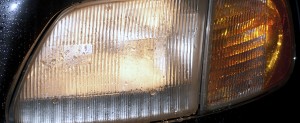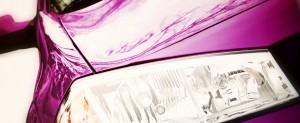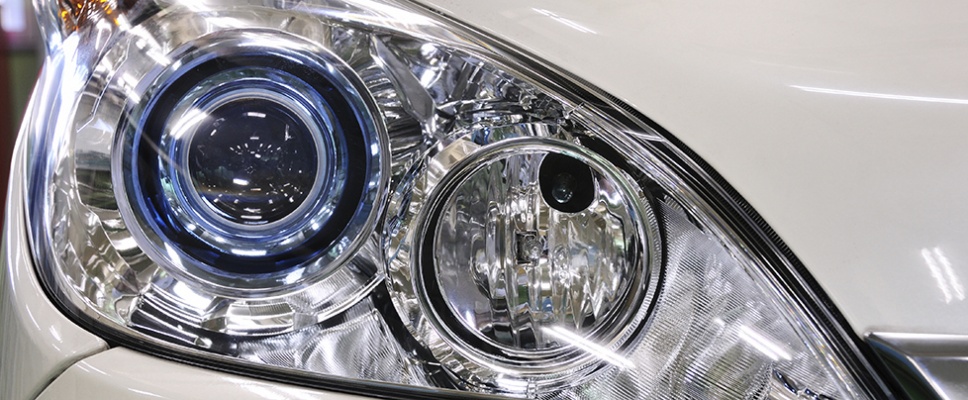Headlights
A headlight is a lamp at the front of a vehicle to help light the road ahead when it is dark out. While often referred to as a headlight, the actual term for the device is headlamp. Headlights are used primarily for safety purposes. According to the US National Highway Traffic Safety Administration, almost half of traffic-related fatalities occur when it is dark out. Headlights have improved drastically over the years and have made driving at night much safer.
Brands
There are many different types and brands of headlight bulbs. Putco tends to rate very highly among reviewers, who praise the winning combo of high-quality intense color and radiant light. In recent years, HID (high-intensity discharge lamps) have become popular. Instead of using a glowing filament, HID lamps produce light with an electric arc. The light from HID lamps typically exhibits a bluish tint, and they are sometimes referred to as xenon headlights.
rate very highly among reviewers, who praise the winning combo of high-quality intense color and radiant light. In recent years, HID (high-intensity discharge lamps) have become popular. Instead of using a glowing filament, HID lamps produce light with an electric arc. The light from HID lamps typically exhibits a bluish tint, and they are sometimes referred to as xenon headlights.
Safety
There is no doubt that the invention and continued improvement of headlights has helped make the road a safer place for drivers at night. Each state in America has its own specific rules for when headlights should be turned on, but in general drivers should always use them when visibility is low, during the night and during dawn or dusk, and in bad weather. It is extremely important to ensure your headlights are working properly by constantly checking them. Keep your headlights clean by wiping away any debris and dirt, and make sure they are aligned correctly.
Benefits
In recent years, purchasing HID lamps have become a popular trend, and for good reason. HID lamps offer 3000 lumens compared to the 1400 lumens offered by halogen lamps, thus providing much more visibility. Studies have shown that drivers using HID lamps react much quicker to obstacles on the road, which further enhances safety. HID lamps also have terrific longevity, lasting for more than double the amount of time that halogen lamps last. Lastly, HID lamps are much more efficient than halogen lamps.
for good reason. HID lamps offer 3000 lumens compared to the 1400 lumens offered by halogen lamps, thus providing much more visibility. Studies have shown that drivers using HID lamps react much quicker to obstacles on the road, which further enhances safety. HID lamps also have terrific longevity, lasting for more than double the amount of time that halogen lamps last. Lastly, HID lamps are much more efficient than halogen lamps.
Drawbacks
There are some drawbacks to HID lamps, however. The biggest negative is the glare they produce. While HID lamps make it easier to see for the driver of the vehicle, they can actually make it harder for other drivers on the road. They have been criticized for producing significant glare, and some studies have shown that the light from HID lamps is 40% more glaring than light from halogen based lights. Another negative is the mercury content, as HID bulbs contain toxic heavy metal mercury.
Cost
Perhaps the biggest drawback to HID lamps, besides the glare they produce, is the cost. They are significantly more costly to produce, purchase, install, and repair. They can cost anywhere between $50 and $100 per bulb. Still, they help save on fuel cost because they require less energy, which may help offset the original cost. They also tend to last much longer than halogen bulbs, which can also help save money. It is advisable to ensure your HID lights are properly maintained and cared for to ensure they do not break down, because repair prices can be expensive.
is the cost. They are significantly more costly to produce, purchase, install, and repair. They can cost anywhere between $50 and $100 per bulb. Still, they help save on fuel cost because they require less energy, which may help offset the original cost. They also tend to last much longer than halogen bulbs, which can also help save money. It is advisable to ensure your HID lights are properly maintained and cared for to ensure they do not break down, because repair prices can be expensive.
